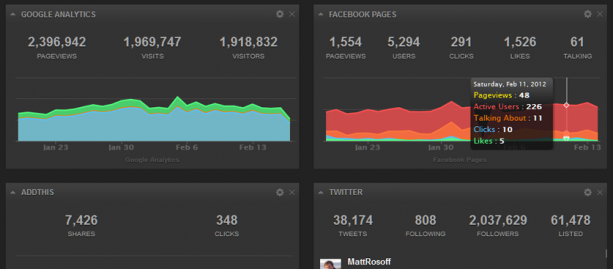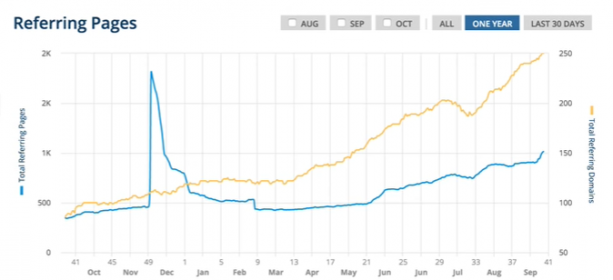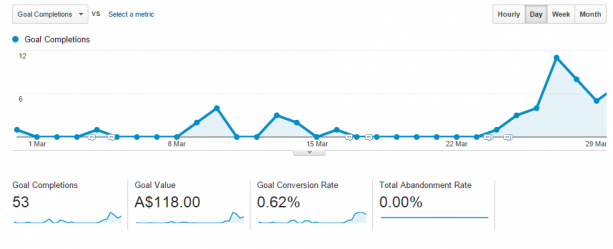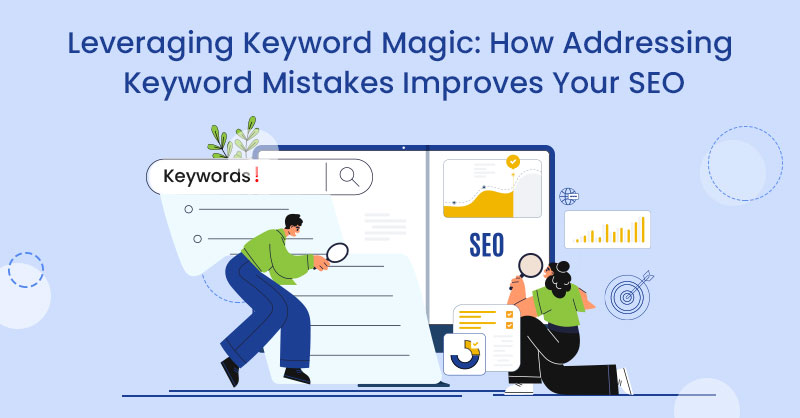Having a website is a lot like running a farm. It’s not enough to just plant your crops and hope they grow. If you want a great harvest, you need to plow the soil, till it, distance your seeds, and fertilize your crop regularly. Similarly, you can’t just build a site and leave it there like it’s some kind of magical portal through which revenue flows. You have to actively do everything you can to make it as visible as possible on search results. Getting that result requires tender love and care.
The good news here is that SEO is a lot easier than it was back in 2011 when Google started changing its algorithm so many times that the older methods involving keyword density went out the window. Ever since those chaotic days, we’ve since witnessed the rise of newer tools that help people track their traffic and understand how several different factors can affect a site’s ranking.
And then we get to the bad news. As it stands, the amount of data you can gather about your site can be overwhelming, leading to confusion and frustration since there’s little indication of what is truly important to measure. Couple this with the fact that there are tons of SEO monitoring platforms out there, each with their own methodology for data collection, and the expression choice fatigue doesn’t even begin to cover it. The intelligent thing to do is to isolate your metrics and use that data to establish a few SEO-boosting strategies and rules, but that still begs the question, “Where do I begin?”
To answer that, here are a few simple and smart things you can do to push your ranking as far as you can take it:
Get Yourself a Smart Dashboard

Before you can transform a strategy into action, you will need the means to study your site’s health. Although they are somewhat useful, one-time analysis tools do not give you the context and historical data you need to see. Improving anything about your site is like a campaign. You’re not fighting little skirmishes here and there; you’re at war. You need a data-dense platform with an interface that’s easy to read right out of the gate. This is where your dashboard comes into play.
A good SEO dashboard will not just flood you with data. It will give you a comprehensive goal-oriented analysis with key metrics you need to improve. The importance of certain keywords, for example, will rise and fall over time. It’s important that your dashboard provide you with historical comparisons so you can see where you’re coming from and where you've arrived.
And while you’re focusing on your own improvement, it doesn’t hurt to have a peek into how your competition is doing. A proper dashboard will not only give you this insight, but also let you track it in real time.
What you can do right now:
Once you’ve chosen a proper customizable dashboard, set it up to read four or five metrics that matter most to your particular site. The most crucial ones are usually keyword rank, popular content, backlinks, traffic patterns, bounce rate, exit pages, and demographics. Getting this kind of bird’s-eye view of your site will give you a window to how you are doing right now. Over time, you’ll see the results of your experimentation, both positive and negative.
Monitor Your Backlinks Automatically

Here’s the thing about backlinks: They sometimes disappear. When you use a typical analytics tool to check them, you’ll often only find a static report with no mention of how your links fluctuate. Although this too is useful, it’s just as important to know what you lost and gained over time. Chronological data presents another dimension to this perspective, one which is sorely lacking from most platforms.
In addition to checking your backlinks, you need toreview the anchor text that's linking to your site. And of course you’ll need to be able to look at how your competition is doing in this department. The key is to see the results you’re getting from new content that links back to you and assess your own link building efforts in both the long and short term. This happens to be one of the biggest metrics that will affect your ranking.
What you can do right now:
Set up an automatic link monitoring tool such as the tried-and-true Monitor Backlinks or Ahrefs. Both of these are similar platforms that offer different flavors. This way, you get email alerts when you gain or lose links and keep a close eye on your competition.
Get Goal-Oriented With Google Analytics

You won’t get anywhere with your plans if you don’t set up clear goals. Google Analytics has an underrated feature with which you can set up goals based on specific parameters you define within the platform. With a little bit of creativity, you can translate some of the metrics the platform analyzes to set goals based on leads, trial signups, account creations, or whatever is most important to you.
The key here is that you have to know how to tell Google Analytics what you want. There are four ways to do this:
- By URL - Track whenever someone visits the “account created” page and you’ll be able to constantly measure how many people make accounts on your site during a particular period.
- By time spent on the site - See how long the average person stays on your site, which tells you how engaging a particular piece of content actually is.
- By pages per visit - If you’ve got a customer support section, people flipping around less means that they’re getting their answers quickly.
- By event - If someone plays a video on your site or clicks on a social button, this is triggered. It’s useful for measuring the success of a campaign or knowing how often people use a particular feature.
What you can do right now:
Start small and don’t overwhelm yourself. Set up one or two goals using all the tools at your disposal that are relevant to your own marketing aspirations. If you want to streamline goal creation, try using goal templates to make your life easier. By doing this, you’ll see how the actions you’ve taken translates into results. And that way you can also adjust your strategy as you go.
Conclusion
Improving your SEO is a process that requires constant nurturing. Your job isn’t done just because you’ve managed to gather a few backlinks and have all your keywords in order. You need data and orientation. Growth can only be achieved by grabbing information from the right sources and working on key areas consistently. Rather than letting yourself be overwhelmed by a glorified input-output chart, pick the most important bits, put them into action, and watch your relevance in search increase!






on
Hi Sagi,
SEO needs constant care and nurture & those who practice it reap the fruits. The rankings of one of my sites fell drastically, when left without any attention. However, when I started nurturing it the rankings came back in just 2 months. Thanks a lot Sagi.